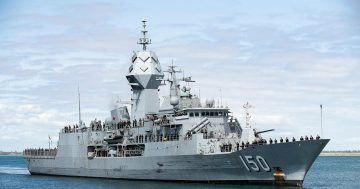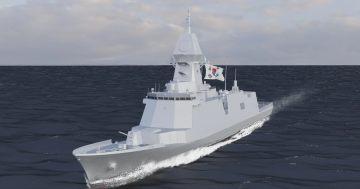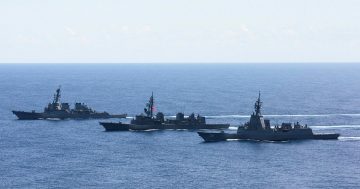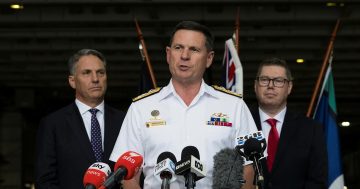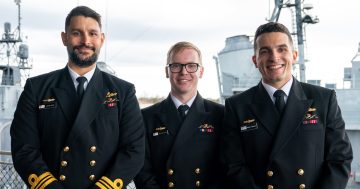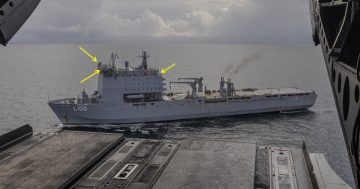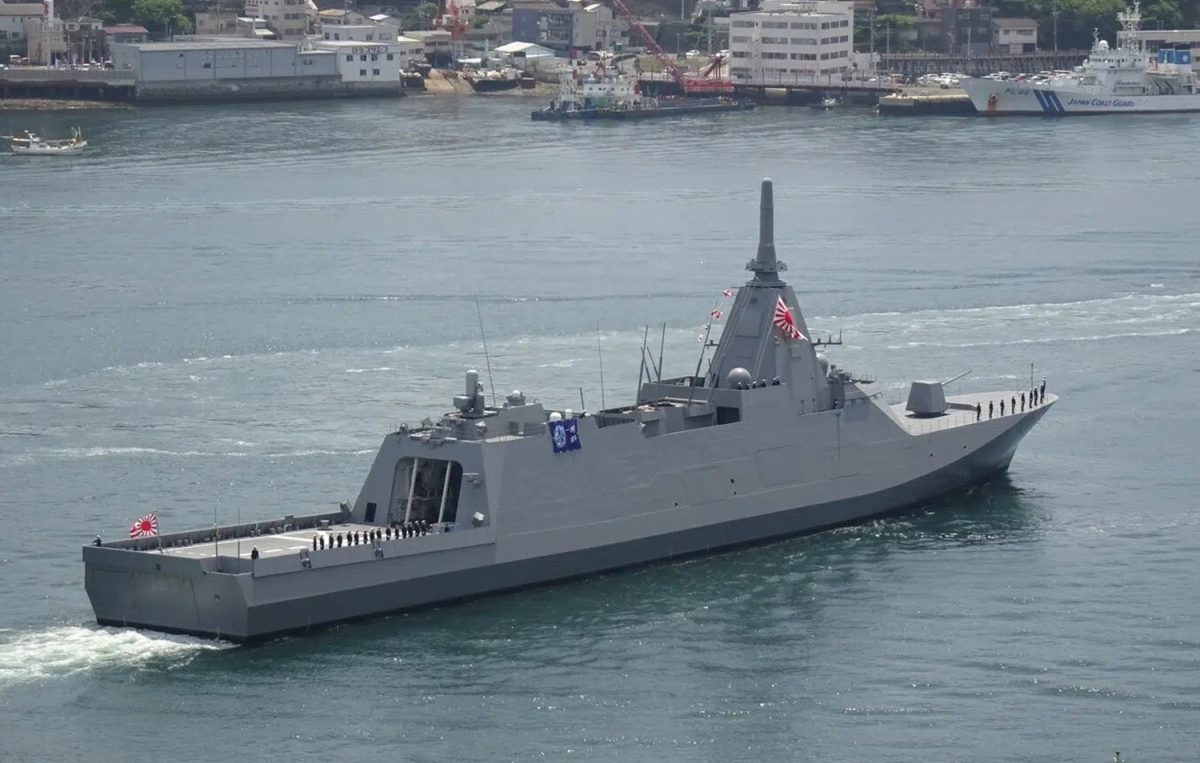
A Japan Maritime Self-Defense Force Mogami class frigate. Photo: JMSDF.
Now that the Federal Government has come up with another new plan for the Royal Australian Navy, this might be a good opportunity to ‘go to market’ and see what options might be under consideration to fulfil the new requirements laid out in the plan.
First, the incumbents.
The Royal Australian Navy operates eight ANZAC class frigates which are based on a German MEKO design but with significant Australian-specific sensor, combat system and weapons modifications. But with the lead vessel now more than 30-years-old, the first two have been slated for retirement, and all will have been decommissioned by the early 2030s.
Next up are the three Hobart class air warfare destroyers which are based on the Spanish F104 frigate design. The oldest of these entered service in 2016 and they are still very capable ships, and will be further upgraded with enhanced sensors, combat systems and weapons in the next few years.
Originally planned to be delivered from 2028, the first of six – previously nine – Hunter class frigates is now not due to enter service until 2032. Based on BAE Systems’ Type 26 Global Combat Ship, the design has been substantially modified to incorporate world-leading primary and secondary sensors from Canberra-based CEA Technologies.
Now, to the future.
As part of its review, the government announced up to 11 medium-sized frigates of an existing design would be acquired from 2031. It says the first three ships will be built offshore, and the fourth and subsequent ships will be built at Henderson in Western Australia.
In announcing the review, Defence Minister Richard Marles identified designs from Japan, South Korea, Spain and Germany as those under consideration for a decision in 2025, with sources suggesting those from Japan and Spain are currently front-runners.

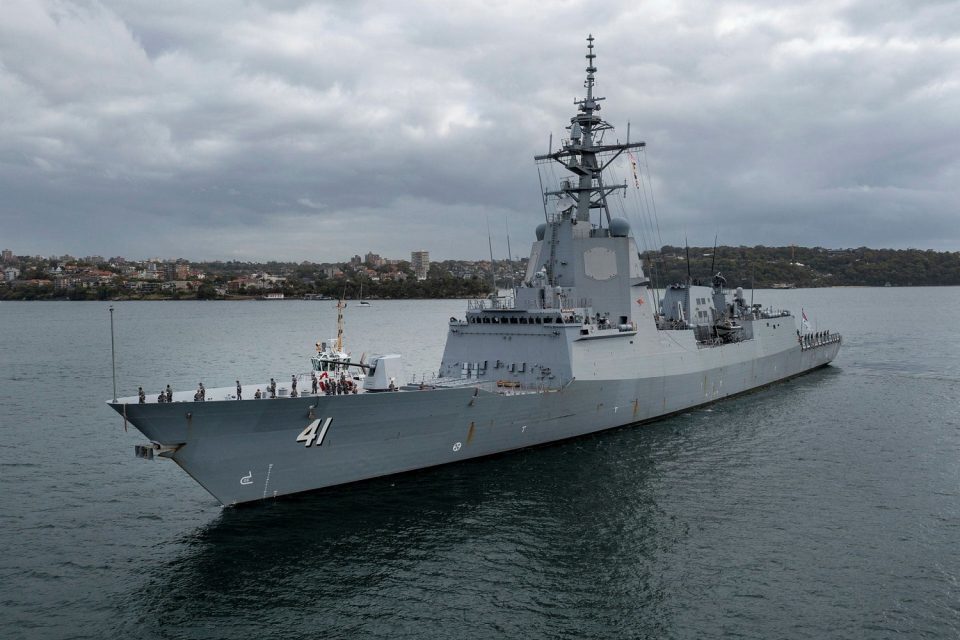
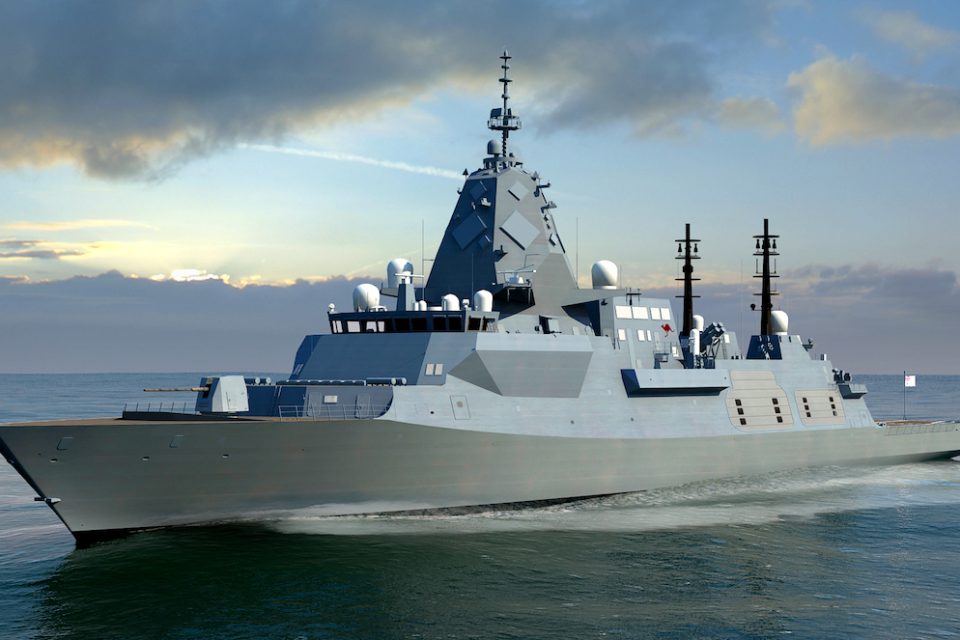
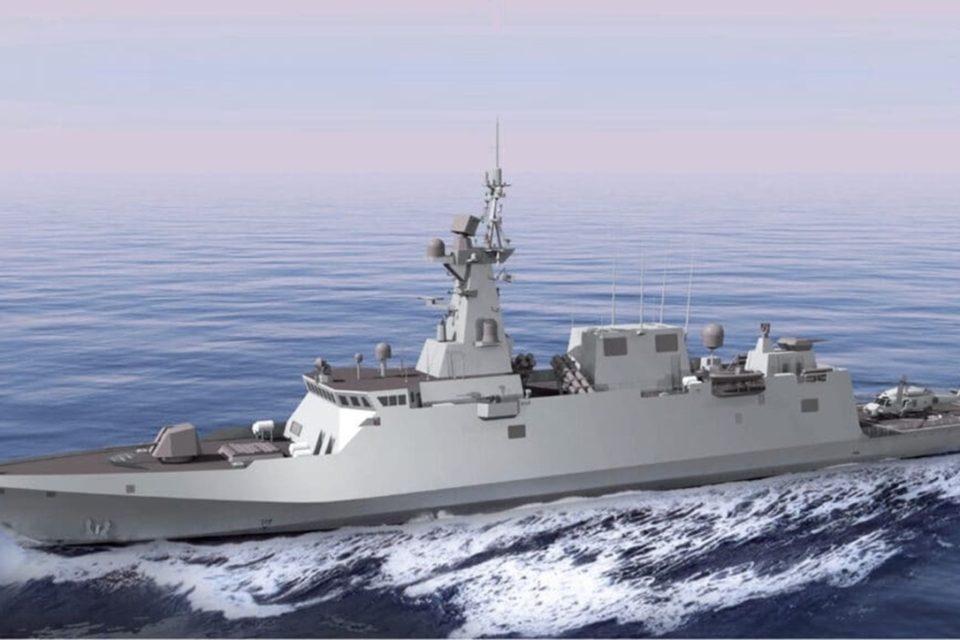
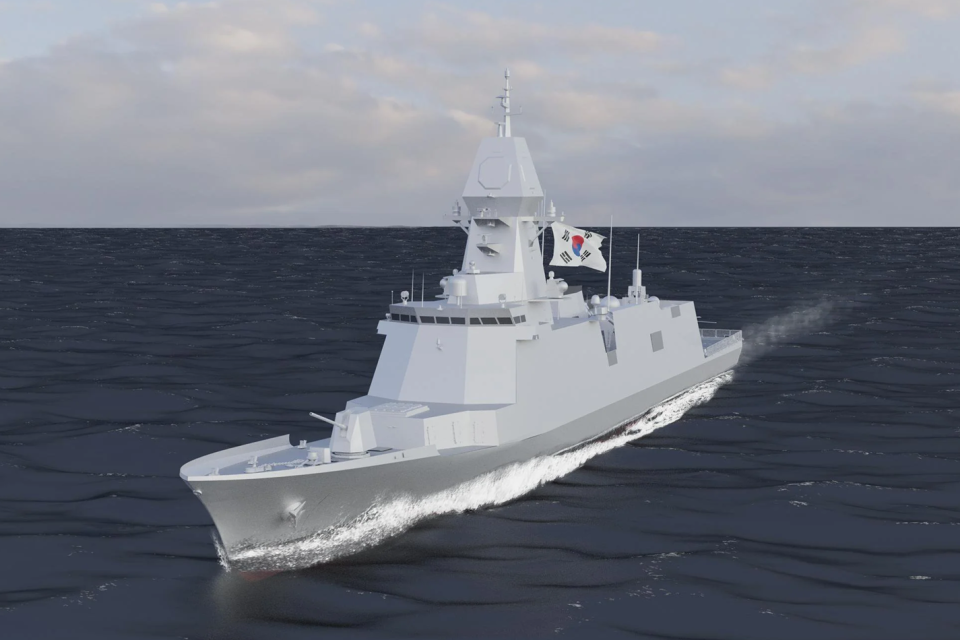

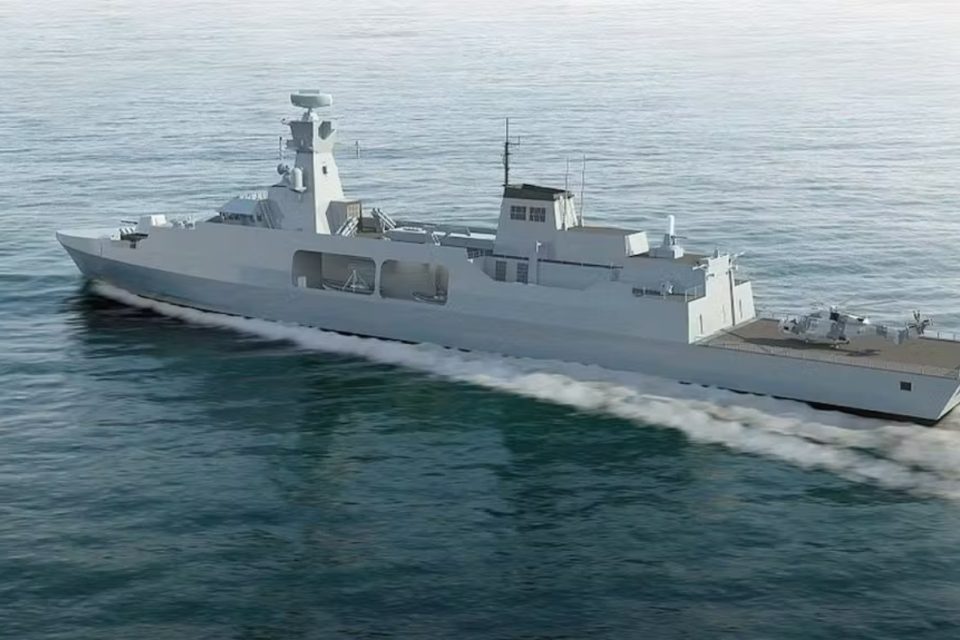
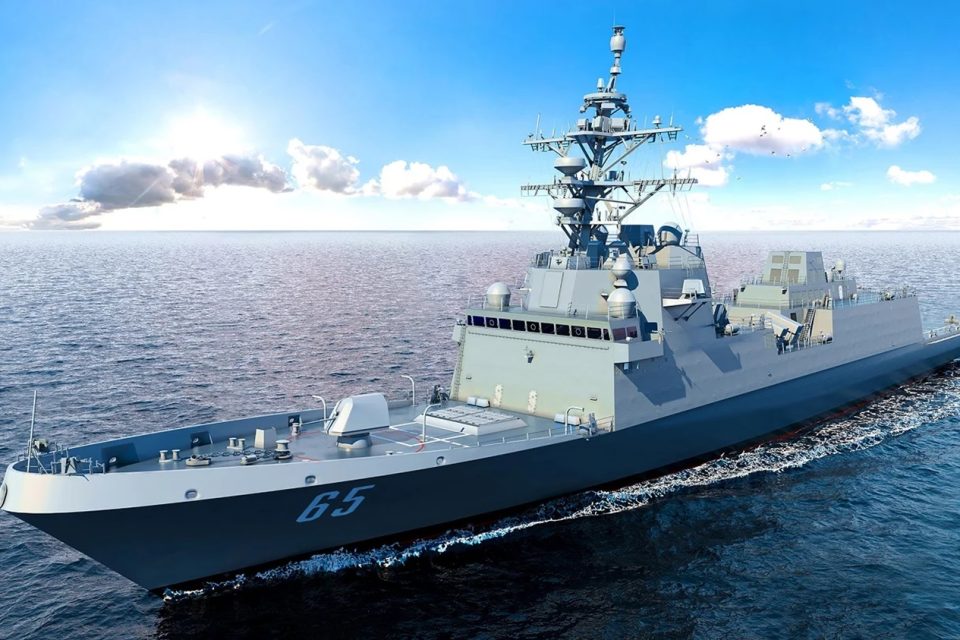
The Japanese ship under consideration would likely be the Japanese Maritime Self-Defence Force’s (JMSDF) new Mogami class.
The Mogamis are a sleek 3900 tonne design with low observable shaping, a helicopter deck and hangar, and 16 Mk41 VLS cells of the same type used on the Hobarts and slated for the Hunters. Its faceted mast also looks suitable for housing a CEA radar stack.
The 3000 tonne Navantia ALFA3000 corvette is the likely Spanish design under consideration, models of which dubbed the ‘Tasman class’ were displayed by Navantia at last October’s Indo-Pacific exposition in Sydney.
The Tasman class model on display was shown with a CEA-style sensor mast, 16 VLS cells, a whopping 16 cannister launchers suitable for Harpoon or KONGSBERG NSM anti-ship missiles, and a hangar deck.
Possible Spanish outsiders might be the larger 5000 tonne ALFA5000 frigate concept and the larger still Navantia F110 class, but these may be too large and expensive for the RAN’s requirements.
The German design likely under consideration is the 3700 tonne TKMS MEKO A-200. Although 30 years removed and substantially Australianised, the RAN’s current ANZAC frigates were based on a previous MEKO design, so there may be some systems familiarities.
But the German vessels use VLS cells and weapons of European origin, so a degree of customisation would be required in order to ensure commonality with the Hobart and Hunter class.
And from South Korea is the Hanwha KFX-III Ulsan class 3500 tonne frigate design.
The Ulsan class is a specialist anti-submarine vessel, and features a hybrid electric drive to allow it to cruise silently whilst hunting submarines. But despite having a large mast which would suit a CEA radar, it lacks VLS cells for medium-long range air defence missiles.
Interestingly, and despite having inked the AUKUS agreement last year, the UK’s BAE Type 31 and the US Navy’s new Constellation class frigates don’t appear to have made the cut. But – like the F110 – they may be considered too large and costly.
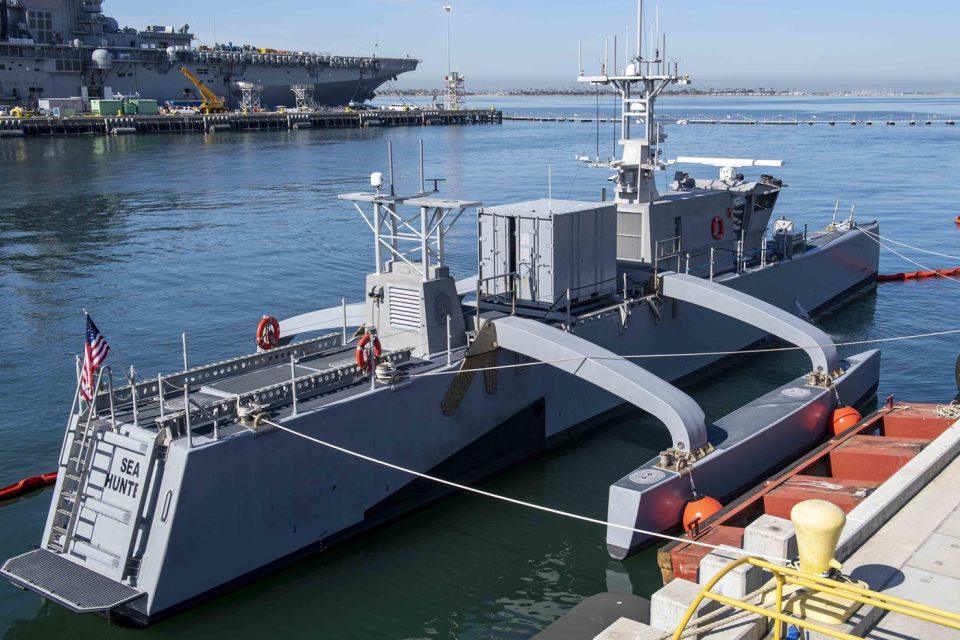
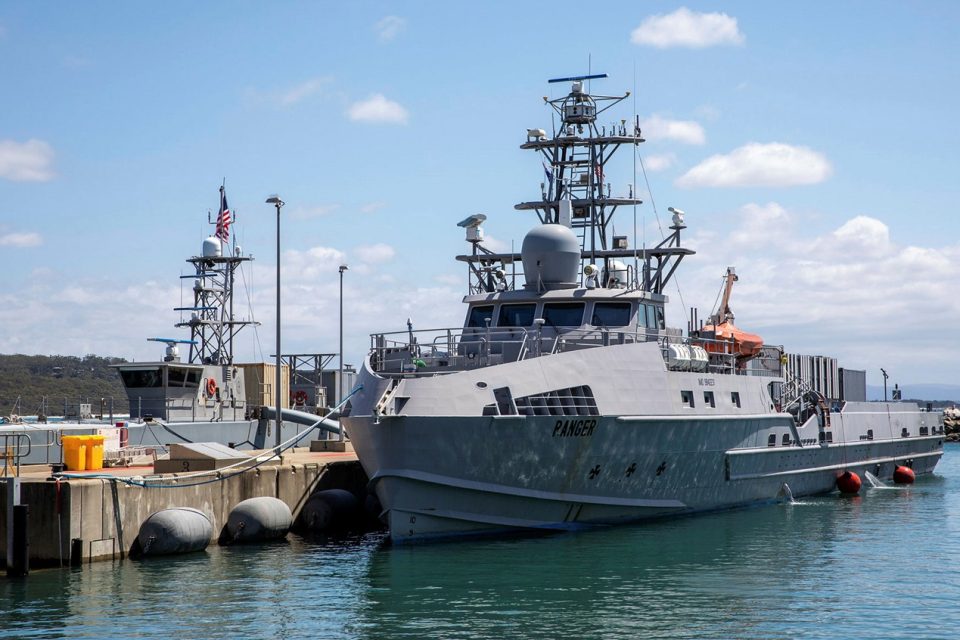


For the large optionally-crewed vessels, despite Minister Marles saying the LOSVs would be developed in conjunction with the US, there is currently no such vessel in service from which a RAN LOSV could be derived.
The US Navy has a couple of smaller optionally-crewed vessel designs in development, two of which crossed the Pacific and visited Australia last October for the Autonomous warrior demonstration and for display at Indo-Pacific 2023. But while they’re busy proving the concept, they are tiny and are unarmed.
Australian shipbuilder Austal, which has a large US subsidiary, has displayed a couple of LOSV concepts, one of which appears to have been derived from its large fast ferry designs for which the company is best known.
The US Navy envisages its future LOSVs to displace between 1000 and 2000 tonnes, and be low-cost, long-endurance vessels that can be reconfigured with modular payloads – either air defence or anti-submarine – depending on the mission. US Navy LOSV design study contracts have been awarded to six companies including Austal USA.
As Australia’s six LOSVs will be built at Henderson where Austal is also based, it would be fair to assume Austal is a front-runner for this program.












